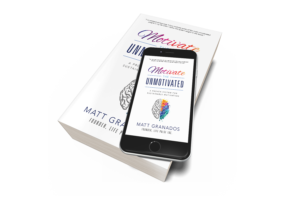The concept of “false balance” often refers to the journalistic practice of presenting two sides of an issue as if they are equally valid, even when there is overwhelming evidence supporting one perspective. However, this can also be applied in our lives.
False balance can be applied to situations where individuals strive for equilibrium but end up compromising their well-being or values due to misguided efforts. Achieving true balance in life involves aligning one’s actions, priorities, and values in a way that promotes overall well-being and fulfillment.
To achieve true balance in life, we need to reflect regularly on our priorities, values, and goals. Identify areas where we might be compromising our well-being or values in an attempt to maintain a false sense of balance.
Bridging the gap from false balance to true balance in life involves a continuous process of self-discovery, self-care, and intentional decision-making. It requires a willingness to reassess and adjust priorities, set boundaries, and align actions with core values to foster a more genuine and sustainable sense of balance.



